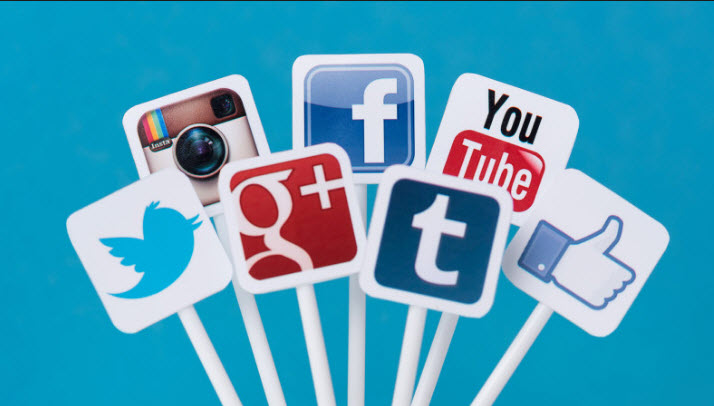
“Social Media Is The New Customer Service” has become the must have mantra doing the rounds in blogs, forums and Twitter feeds. It’s snappy, sounds great and feels progressive. But is a load of old bull nonetheless.
I’m sure if you are a customer service professional you will need no introduction to the complexities of delivering service. If you are new to the topic but believe in this headline catchphrase, let me assure you I couldn’t hold your attention for more than a few seconds about the detail of traditional customer service. So here is the summary and the key point to grasp.
Yes, customer service as experienced to date, by and large sucks. That applies to call centres, online and face to face. The channel does not matter. Search ‘customer service’ at google.com/realtime for ongoing evidence of disgruntled customer experiences.
Yes, it is a truly extraordinary thing that the leaders of organisations claim they understand how important this is and even think they are doing a great job when all the feedback from us as customers screams the opposite!
Yes, many voices have been shouting, explaining, persuading, incentivising, cajoling, threatening, prodding, justifying and inspiring those with the cash and the power to change things and get on with it. But as much as we huff and we puff, their house has yet to fall down.
Yes, serving customers is the thin end of the wedge because whether you reach out via Twitter, web chat or even a good old fashioned email, you are dealing with all the upstream, incomplete, fudged decisions and actions that have now come back to haunt the business in the form of a customer service issue.
The fact they even exist is the real issue at hand because it betrays the true priorities at the time when things were left undone.
A perfect company would have no need for customer service whether social or traditional. The fact that this standard is way beyond the aspiration and ability of most, means we continue to suffer the same old issues. The customer did not want the problem in the first place. But if it has to be in their life, then make sure it’s resolved fast, first time and with minimal effort. How that is done is 100% irrelevant.
So be careful of what you ask for. If you believe that Social Media is a universal cure and you fancy a crack at becoming the new Customer Service benchmark, just imagine how busy you will be. What are the logistics of anticipating a national base of 2,000,000 customers for instance? How would you reach out to all those that are signalling their upset? What are the headcount implications to meet that volume of Twitter interactions – quite apart from the fact that only a fraction of your customers are active on that channel?
Until business leaders take a radical look at the cost of doing business through the rear mirror, by which I mean they get real about eliminating reasons for customers having to waste their time, traditional customer service and social customer service, in the form of Twitter, social listening and peer to peer community support, need to be allies in a common cause.
Social Media as a set of interaction channels and an approach to doing business has much to offer. It’s a cause with velocity and currently enjoys the benefit of being in the Zeitgeist. However, those that support its success should choose their slogans with greater care. That is, if they wish to keep their ‘special one’ from potentially mortal danger.





Martin,
I couldn’t agree with you more. Social media makes it just a “click or two” for a customer to let their opinion of you and your business known to the universe. This puts the customer in the power position, unlike ever before. For us business owners, we can leverage this and turn our customers into “raving fans” who tell all their peers, family and friends about our great products and services. Pretty powerful stuff eh? I think so.
Cheers,
Mike
Well put Martin.
To many social media gurus think t6hat social media is the sum total of our experience and the magic bullet. There is no doubt it has huge value but must be balanced within the traditional solutions. But most of all — as your point — look at the cause rather than the symptom of your customer service.
Michael